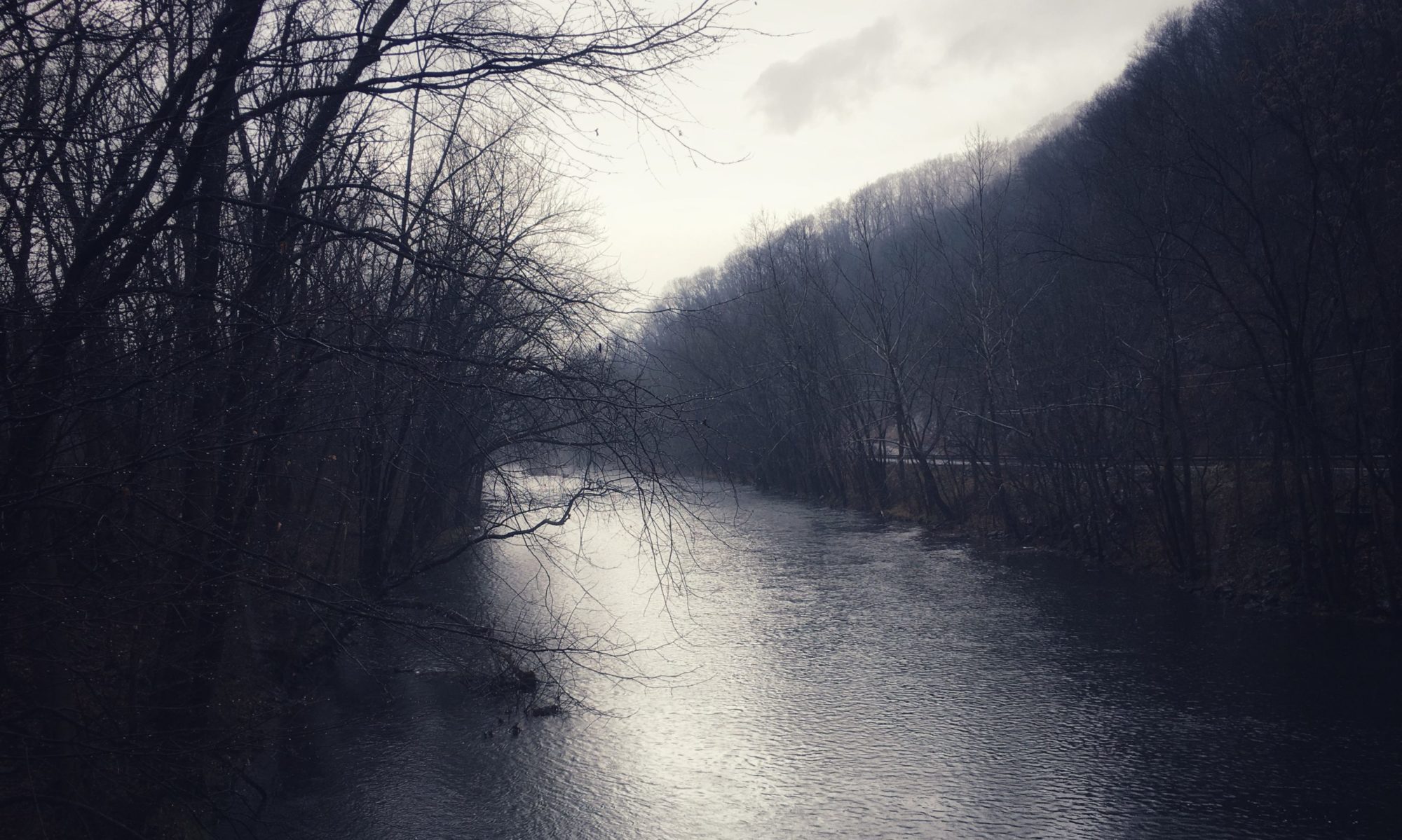The phoebes across the road
carry beakfuls of mud
into their nest.
Planting onions,
my thumb- and fingernails harvest
black crescents.
This summer while I’m gone,
the walking onions will re-plant themselves,
head-down in the dirt.
OTHER POSTS IN THE SERIES
- January noon
- Primary sources
- Nuthatch
- Haustorial
- Walking the line
- Gospel
- Wildstyle
- Close to home
- Lay of the land
- Primary school
- Subnivean
- Secondary school
- Rabid
- Snow plow
- Breaking through
- Miner
- Bark Ode
- Snowfall
- Pastoral
- Sledding
- Valentine’s Day dreams
- Rabbit
- Deep snow
- Head cold
- Snow follies
- Thaw
- Reanimation
- Old snow
- Clearing
- Burning the tissues
- Filmstrip
- How to tell the woodpeckers
- Opening
- Winterkill
- Winter sky, age 5
- March
- Downsizing
- Walking onions
- Winter gardener
- Vessels
- Grand jeté
- Threnody
- Evergreens
- Slush
- Out
- Snowmelt
- Emergence
- In place
- Cold Front
- The death of winter
- Salt
- Harbingers
- Wintergreen
- Evolution
- Camouflage
- Spruce grove
- Waiting to launch
- Tintype
- Terminology
- In good light
- Reach
- Old field
- Rain date
- Onion snow
- Rite of spring
- Searchers
- Migrants
- Camberwell Beauty
- Lotic
- Empty
- Trailing arbutus
- Makeshift
- Risen
- Remnant
- Sleight-of-hand


My mom called them winter onions, planted in the fall and eaten just about now. Most of mine survived the winter, despite being pushed out of the ground repeatedly by the freezes and infrequent thaws. I won’t eat the few that are the right size, I’ll let them walk. My phoebe is at work too, building a nest in the eaves of the outhouse.
They were introduced to us as Egyptian onions when I was a kid, so they always had the whiff of the exotic about them. Adding to the mystery is how they reappeared in my front garden a few years ago after a couple of decades of absence. I guess a bulb must’ve found its way in among the potting soil for something else. Or else it just walked. :)
With my dirt, if they walk, they die. Luckily, my neighbor has actual soil, so I can get resupplied from her. I’ve lost mine multiple times. Good to hear that you have an “invasive” that’s welcome and tasty.